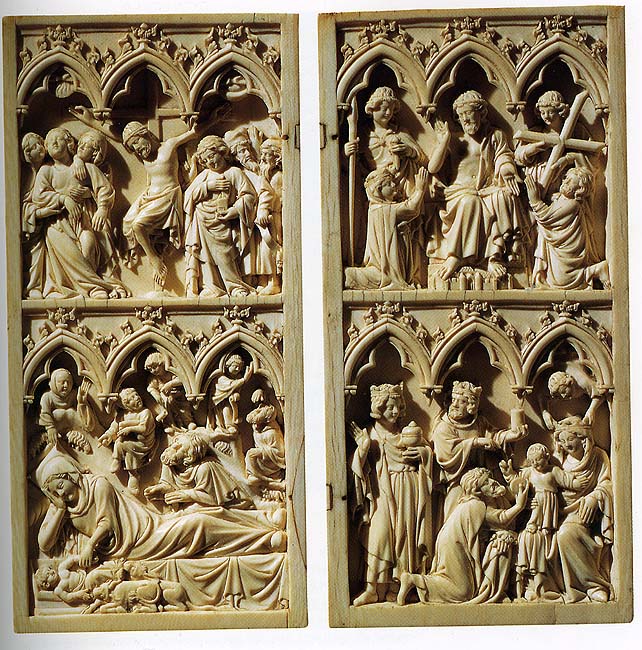

The term refers to official lists of the living and departed that are commemorated by the local church. It is in this form that the mention of "diptychs" in early Christian literature is found. Left to right: Archangel Michael, Theotokos, John the Baptist, Archangel Gabriel (Historical Museum in Sanok, Poland). An example is the pair of Alan Ayckbourn plays, House and Garden.ĭeesis, 17th-century icon. When taken together, they are viewed as illuminating each other and comprising a distinct work of art from the individual parts. "Diptych" is also often used in reference to films or pieces of literature that form a complementary pair. Some modern artists have used the term in the title of works consisting of two paintings never actually connected, but intended to be hung close together as a pair, such as Andy Warhol’s Marilyn Diptych (1962) which is a modern pop culture icon. Painters such as Jan van Eyck, Rogier van der Weyden, Hans Memling and Hugo van der Goes used the form. It was especially popular in the 15th and 16th centuries. Often a portrait and a Madonna and Child had a leaf each. The diptych was a common format in Early Netherlandish painting and depicted subjects ranging from secular portraiture to religious personages and stories. They are one type of the multi-panel forms of painting known as polyptychs. Large altarpieces tended to be made in triptych form, with two outer panels that could be closed across the main central representation. The outsides, which often received considerable wear from travelling, might have simpler decorative designs, including the coat of arms of the owner. The paintings generally had single subjects on a panel, the two matching, though by the 15th century one panel (usually the left one) might contain a portrait head of the owner or commissioner, with the Virgin or another religious subject on the other side. The ivories tended to have scenes in several registers (vertical layers) crowded with small figures. These suited the mobile lives of medieval elites. Although the tryptych form was more common, there were also ivory diptychs with religious scenes carved in relief, a form found first in Byzantine art before becoming very popular in the Gothic period in the West, where they were mainly produced in Paris.
#Early christian ivory diptic panel portable
įrom the Middle Ages many panel paintings took the diptych form, as small portable works for personal use Eastern Orthodox ones may be called "travelling icons". The largest surviving Byzantine ivory panel (428 mm × 143 mm), is a leaf from a diptych in the Justinian court manner of c. Some of the most important surviving works of the Late Roman Empire are diptychs, of which some dozens survive, preserved in some instances by being reversed and re-used as book covers. Others may have been made to celebrate a wedding, or, perhaps like the Poet and Muse diptych at Monza, simply commissioned for private use. In Late Antiquity, ivory notebook diptychs with covers carved in low relief on the outer faces were a significant art-form: the " consular diptych" was made to celebrate an individual's becoming Roman consul, when they seem to have been made in sets and distributed by the new consul to friends and followers. In medieval times, panels were often hinged so that they could be closed and the artworks protected.

Hebrew miracles prefiguring Christ's resurrection abound in catacombs and in Early Christian art in general.

Christians honored him as prefiguration (prophetic forerunner of Christ) = foreshadowing.Jonah popular figure in Early Christian painting and sculpture.At bottom, safe on land, Jonah contemplates miracle of salvation and mercy of God.4 Lunettes of Early Christian cubiculum contain key episodes from biblical story of Jonah.Painted ceiling similar to format to painted vaults.Young man w/ lamb over shoulder, by trees.Illustrates Christianity is built on Judaism.Name: Catacomb of Saints Peter and Marcellinus


 0 kommentar(er)
0 kommentar(er)
